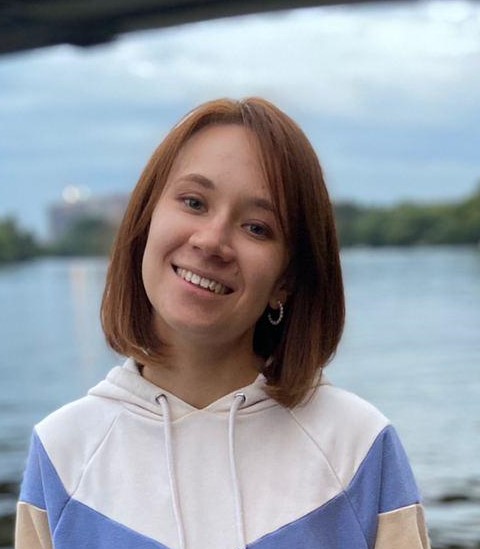Invited Speakers
The following speakers have graciously accepted to give keynotes at AIST-2021.
Jeremy Barnes

Is it time to move beyond sentence classification?
Abstract: Many NLP tasks (sentiment analysis, natural language understanding, etc.) are commonly cast as binary or ternary sentence classification tasks. This framing allows for quick (often semi-automated) annotation, allowing for large amounts of annotated data at sentence-level, which has made these datasets common baselines for deep learning models. Recently, performance on many of these datasets reached human-level performance, which seemed quite promising for NLP. However, it seems that many gains in performance do not lead to models that generalize well and often overfit to spurious correlations in the dataset. In this talk, I will detail a set of problems with sentence classification tasks, how they have been affected by BERT-like models, and possible solutions.
Zulfat Miftakhutdinov

Drug and Disease Interpretation Learning with Biomedical Entity Representation Transformer
Abstract: In this talk, he overviews a medical concept normalization task and its relation to current research in natural language processing (NLP). This task aims to extract medical concepts in real conditions: given a set of documents, a system has to find biomedical entity mentions in a free-form text and map them to a certain medical concept (disease, drug, adverse drug reaction, etc.). Zulfat presents a simple and effective two-stage neural approach based on fine-tuned BERT architectures. In the first stage, a metric learning model is trained to optimize the relative similarity of mentions and concepts via triplet loss. In the second stage, the closest concept name representation is found in an embedding space to a given clinical mention. Extensive experiments validate the effectiveness of our approach in knowledge transfer from the scientific literature to clinical trials..
Irina Nikishina

Taxonomy Enrichment with Text and Graph Vector Representation
Abstract: Knowledge graphs such as DBpedia, Freebase or Wikidata always contain a taxonomic backbone that allows the arrangement and structuring of various concepts in accordance with hypo-hypernym (``class-subclass’’) relationship. With the rapid growth of lexical resources for specific domains, the problem of automatic extension of the existing knowledge bases with new words is becoming more and more widespread. In this talk, she addresses the problem of taxonomy enrichment which aims at adding new words to the existing taxonomy.
The author presents a new method which allows achieving high results on this task with little effort. It uses the resources which exist for the majority of languages, making the method universal. The method is extended by incorporating deep representations of graph structures like node2vec, Poincaré embeddings, GCN etc. that have recently demonstrated promising results on various NLP tasks. Furthermore, combining these representations with word embeddings allows them to beat the state of the art.